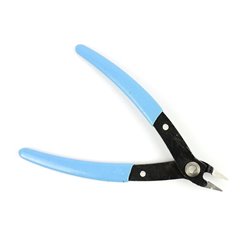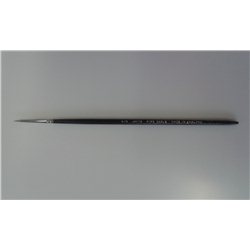There are many reasons why model trains derail, sometimes it's a track fault, sometimes it's because the train isn't...
No products
Product successfully added to your shopping cart
There are 0 items in your cart. There is 1 item in your cart.
Search Tips
Christmas and New Year
We are dispatching orders every weekday apart from Christmas Day, Boxing Day and New Year's Day.
If you order is time critical, select next day delivery at checkout.
The shop in Sandown is closed from 25th December, reopening on 30th December.
Should I paint my plastic kit while still on the sprue?
There are two schools of thought when it comes to painting plastic kits.
One is to assemble everything and then paint, the other is to paint all parts on sprue and then assemble. It really comes down to personal choice.
Personally, I paint all parts on the sprue and touch up on removal from sprue, before assembly of kit. I find this an easier method as you don't have to try and get in to get into tight gaps and hard to reach places with a paint brush at the end.
Some modellers prefer to assemble component parts of the kit then build the main body and then paint. An example of this could be the cockpit of an aircraft as it will usually need to be assembled, painted and decaled before fitting to the main body of the aircraft, and this will need to be done before the main body can be assembled.
I would say that if you are painting a tracked vehicle, paint all the wheels on the sprue. It is much quicker than trying to paint when on the vehicle and also means less touching of the main body of the kit, which should minimise the risk of damaging the main body or causing fingertip contamination to the primed surface. By not having the wheels attached will also allow for a good coverage of paint and weathering on the hull.
Whichever way you decide is best for you, just enjoy yourself.
Click here to receive the tips weekly in your mailbox. You can unsubscribe at any time.










